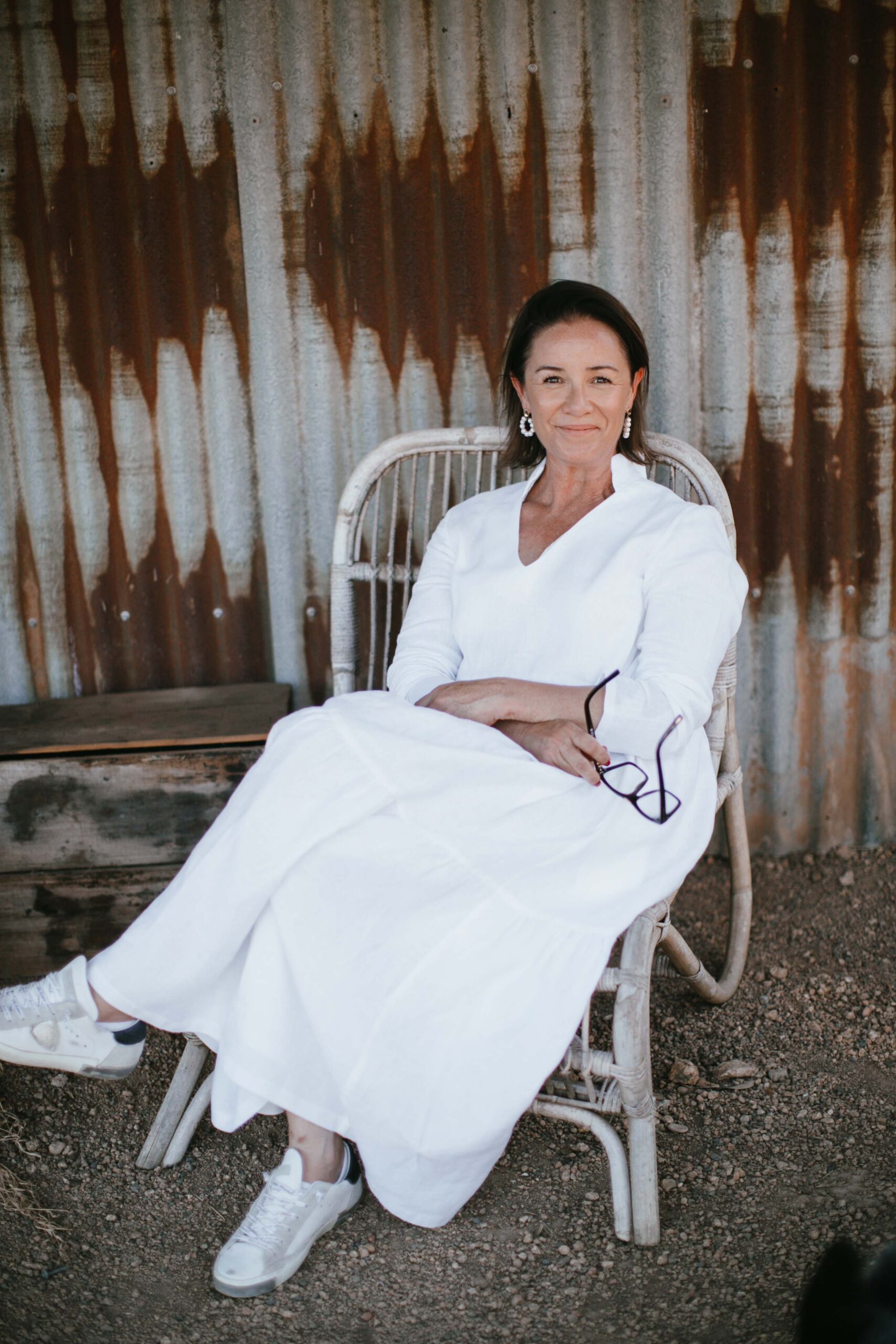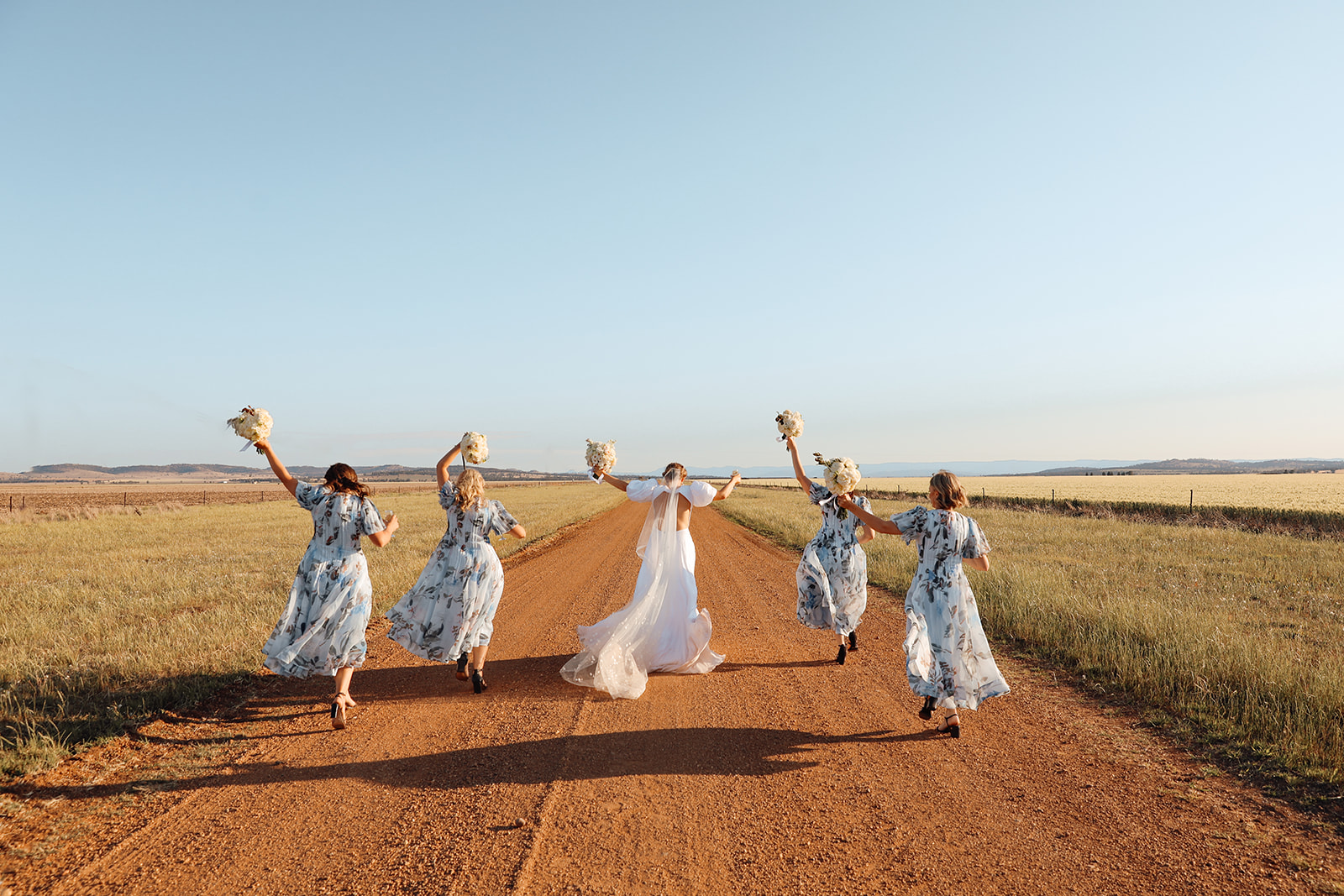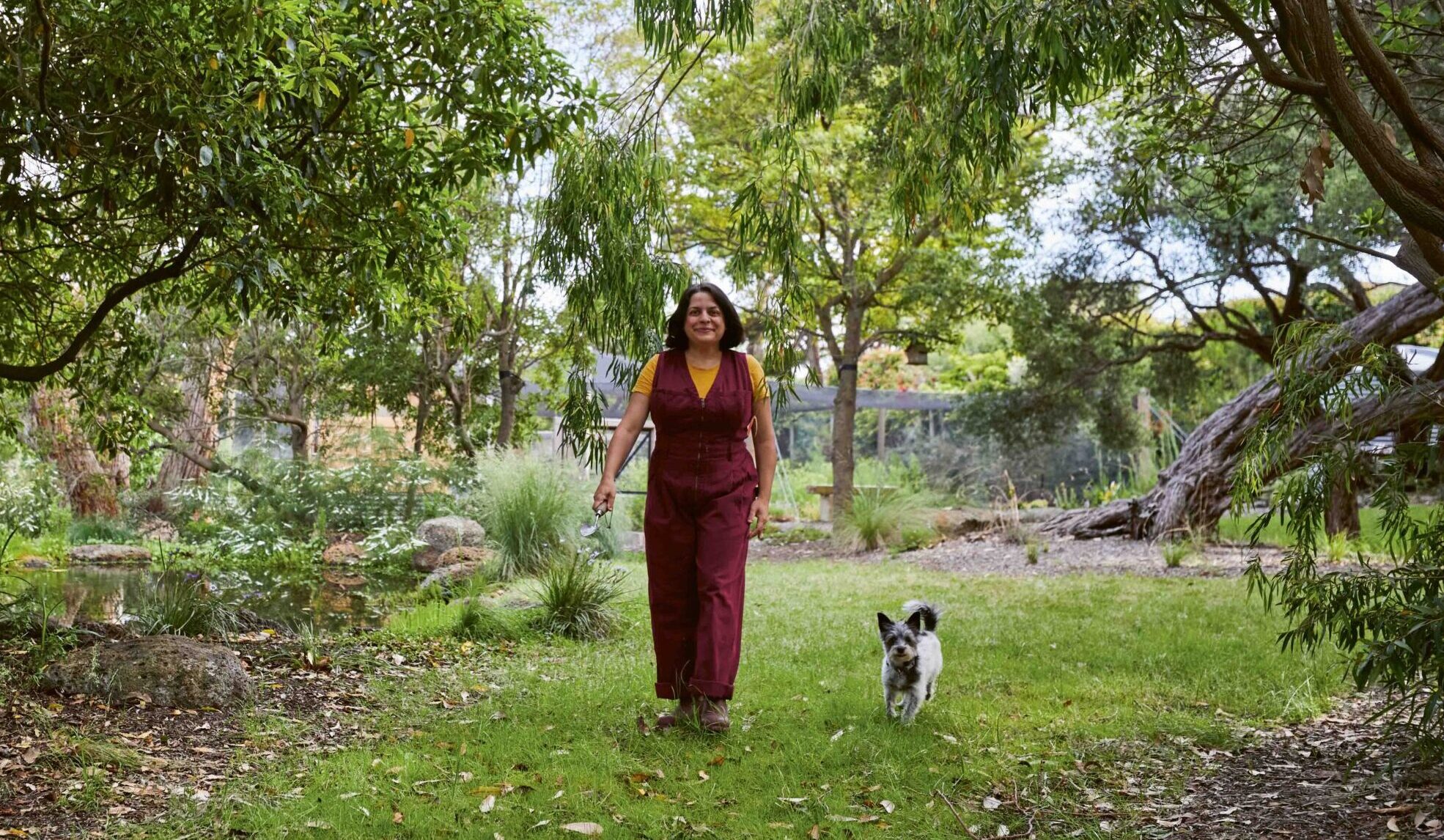Sign up to our mailing list for the best stories delivered to your inbox.
Kirsty Wiggins has fond memories of her boarding days. But that didn't stop her worrying when it came time to send her own brood away.
WORDS KIRSTY WIGGINS MAIN PHOTOGRAPH CLANCY PAINE

I was the eldest and I had three younger brothers. We lived at Goodooga, New South Wales, which is 160 kilometres west of Walgett. I went to the local primary school, but high school was trickier to get to, so we were always going to go to boarding school. It is quite remote out there, so being at boarding school was a really foreign experience for me.
Mum and Dad had also gone away to school. Things were a bit more traditional then, so if your mum and dad went to a particular school, you went there too.
I did my first year of high school at home via School of the Air. I was only 11 years old and I was a really rural kid: lots of riding horses, mustering with Dad. Then I went to Frensham in the Southern Highlands, New South Wales.
It was a 10-hour drive from home and I hadn’t even been to Sydney very much before that. The most exciting thing was that we were going to have McDonald’s for the first time. I hadn’t properly thought about what it would be like to wave goodbye to my family. It wasn’t until the weeks went by and the cold set in (Mittagong is a lot colder than Goodooga) that it really hit me.
I would have to ring the exchange ladies and ask if I could be put through to Mum and Dad then explain to Mrs Taylor I didn’t have any money and that I’d just talk to Mum or Dad really quickly. The telephone exchange wasn’t always open, either, so then I couldn’t ring at all. Mum and Dad didn’t come down very often.
Going home was a big trip. Sometimes we would fly but other times we’d catch the train and bus. It was two hours to Sydney, then five or six hours to Dubbo and then another five hours on the bus to Lightning Ridge — where we would be picked up for another 50 minute car trip to get home.
Boarding school can be a really foreign place when you have grown up in such an isolated environment. My mum understood, because she had been a ‘little bushie’ too. She guided me into embracing sport, making friends and doing creative things like silversmithing.
Those high school years are so formative. You remember forever the people, the experiences and the connections you made on the journey. Living with people day in, day out, 24–7 for six years — there’s a big imprint.
This article originally appeared in the 2025 Graziher Boarding Schools Guide. You can access the full guide below and here. Article continues below.
I didn’t send my first two kids straight away. Minnie and Ollie started in Year 9. I wanted to keep them at home just a little bit longer. They were such innocent little people who I wasn’t ready to let go of. (I think they were probably ready, but I wasn’t!) Fred started in Year 8 and Percy started in Year 7; they’ve all been a bit different.
Ollie and Minnie probably gained a little bit of maturity in those first two years of high school before they went to boarding school. I don’t know if it made it easier or harder for them, as they were both homesick. Fred’s first year was a bit rough and tumble, and he’s also had his homesick bouts too. How does a mother cope? I find it incredibly hard when they are really crying on the phone.
Because I had gone to boarding school, I could talk to them about my own homesickness and what helped me: all the different things you can do to distract you from missing home.
I find the night-time at home after the kids go back to school is really hard. They get access to their phones at the same time, so everyone rings at the same time, between 8.30 and 9pm.
I can talk to them all I like when they are homesick. I can cry with them or not cry with them, go and see them or not go and see them. But at the end of the day, they are the only ones who can change their own mindset.
It’s all well and good to ask the school a million questions about schoolwork and boarding, but you also need to ask them how they cope with a kid who misses home. What can they do for country kids? What is there to do when there’s nobody else left in the boarding house? Open communication is so important. It’s not just a one-way street.
And people forget that it affects the whole family. I always remember Percy, who was about seven when we dropped off Ollie for the first time, saying to me: “Mum, are you leaving him there? Who is going to tie my shoelaces now?”
Kirsty Wiggins is the founder of Dumble Collective. This story appeared in the 2025 Graziher Boarding Schools Guide, available below and here.

A wayward veil and a surprise birthday celebration kept things lighthearted in Spring Ridge, New South Wales.

The native and exotic species that will boost the number of Australian bees in your backyard.